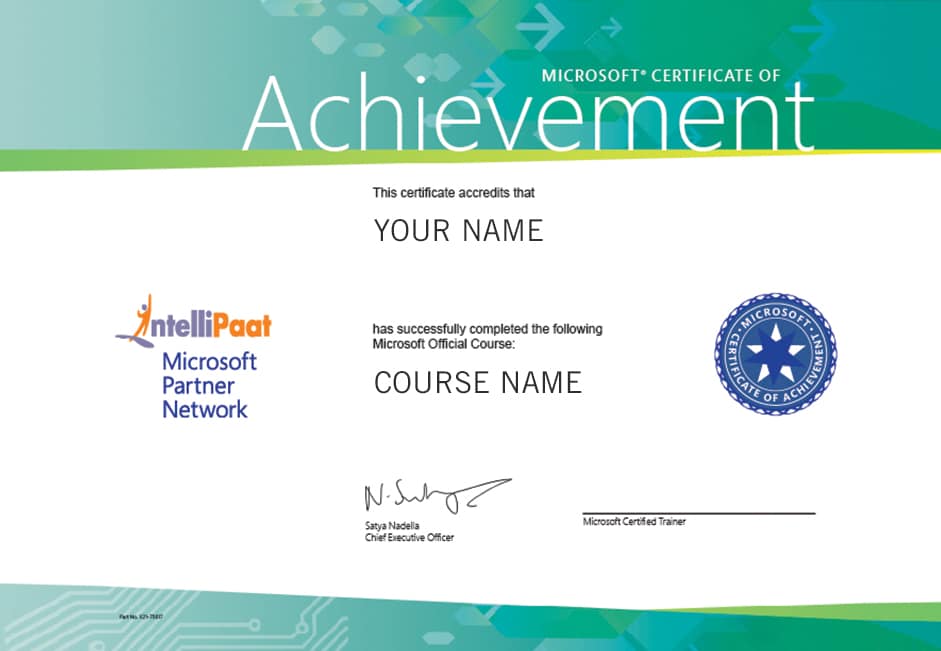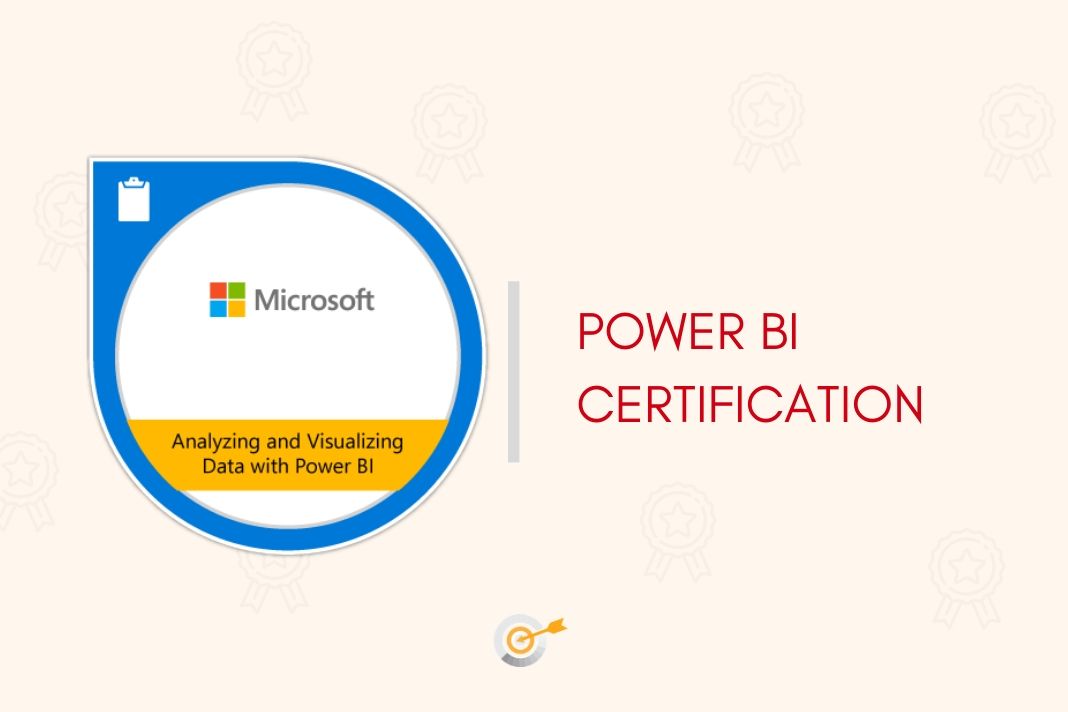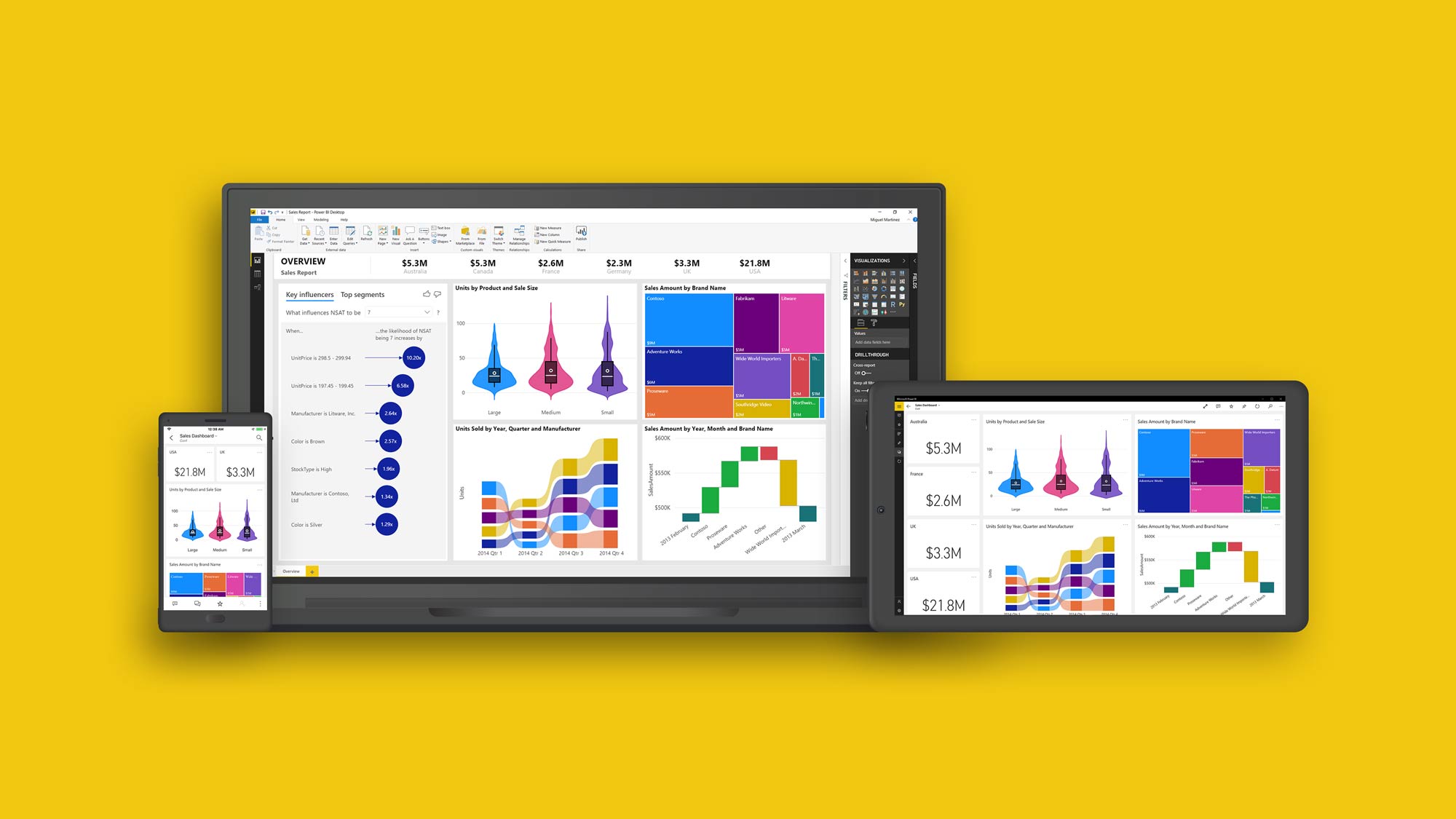Introduction to Microsoft Power BI Certification
Microsoft Power BI certification is a recognition of a professional’s proficiency in data visualization and business intelligence. As organizations increasingly rely on data-driven decision-making, demonstrating expertise in Power BI has become crucial for professionals in this domain. The certification showcases a candidate’s ability to utilize Power BI’s advanced features, ensuring their organization maximizes its investment in the platform. Moreover, staying updated with the latest tools and techniques in the industry is essential for professionals to maintain their competitive edge and deliver high-value insights.
Exploring the Microsoft Power BI Certification Paths
Microsoft Power BI certification offers professionals two distinct paths to showcase their expertise: the Power BI Data Analyst and the Power BI Solution Architect certifications. The Data Analyst certification is designed for individuals who focus on creating and distributing content using Power BI, while the Solution Architect certification targets professionals who design and implement enterprise-scale Power BI solutions.
For the Power BI Data Analyst certification, candidates should possess a strong understanding of data analysis, data modeling, and visualization techniques. Prerequisites for this certification include demonstrating skills in DAX (Data Analysis Expressions) and completing the Microsoft Power BI Data Analyst exam (PL-300).
The Power BI Solution Architect certification is intended for professionals who design and implement enterprise-scale Power BI solutions. Candidates for this certification should have experience with architectural design, solution implementation, and data management. To earn this certification, professionals must pass the Microsoft Power BI Solution Architect exam (PL-600).
Both certifications emphasize the importance of staying updated with the latest tools and techniques in the industry, ensuring professionals can effectively leverage Power BI to deliver valuable insights and drive data-driven decision-making.
Assessing Your Current Skill Level
Assessing your current skill level in data visualization and business intelligence is crucial when preparing for Microsoft Power BI certification. By evaluating your strengths and weaknesses, you can create a targeted learning plan to acquire the necessary skills and close any gaps in your knowledge.
To begin, take inventory of your existing Power BI skills. Consider your experience with data modeling, data visualization, and report creation. Additionally, evaluate your proficiency in using Power BI tools, such as Power Query, DAX, and Power BI Desktop.
Next, identify areas where you may need improvement. Leverage online resources, such as Microsoft Learn, to gauge your understanding of key Power BI concepts. Participate in Power BI community forums to connect with other professionals and learn from their experiences.
Lastly, consider taking a practice exam to assess your readiness for the certification exam. This will help you familiarize yourself with the format and difficulty level of the questions, enabling you to focus your study efforts effectively.
Curating a Learning Plan
A well-structured learning plan is essential for mastering Microsoft Power BI and preparing for the certification exam. By following a strategic approach, you can efficiently acquire the necessary skills and knowledge.
Begin by exploring resources such as Microsoft Learn, which offers comprehensive, interactive learning paths for Power BI. Microsoft Learn covers topics ranging from data modeling and visualization to DAX and report authoring. Additionally, Microsoft provides extensive documentation and guides to help you understand Power BI’s features and capabilities.
Online courses are another valuable resource for learning Power BI. Platforms like Udemy, Coursera, and edX offer a wide variety of courses tailored to different skill levels and learning objectives. These courses often include hands-on exercises and real-world projects, enabling you to apply your newfound skills in practical scenarios.
Hands-on experience is crucial when learning Power BI. Dedicate time to working with Power BI Desktop, creating reports, and visualizing data. Experiment with different data sources, data models, and visualization techniques to solidify your understanding of Power BI’s capabilities. Participating in real-world projects or contributing to open-source projects can further enhance your skills and expose you to new challenges.
Practicing with Sample Exam Questions
Practicing with sample exam questions is a crucial step in preparing for the Microsoft Power BI certification exam. By familiarizing yourself with the format and difficulty level of the questions, you can build confidence and improve your exam performance.
Microsoft offers a set of practice exam questions for the Power BI Data Analyst and Power BI Solution Architect certifications. These questions cover a wide range of topics and help candidates identify areas where they may need further study.
Additionally, third-party websites like MeasureUp, Udemy, and Whizlabs provide practice exams and simulation tests for Microsoft Power BI certification. These resources offer detailed explanations of correct and incorrect answers, enabling you to better understand the concepts being tested.
When practicing with sample exam questions, aim to recreate the exam environment as closely as possible. Set aside dedicated time, minimize distractions, and adhere to the exam’s time limits. This will help you build stamina and improve your ability to manage your time effectively during the actual exam.
Creating a Comfortable Testing Environment
Creating a comfortable and distraction-free testing environment is essential for maximizing your performance during the Microsoft Power BI certification exam. By minimizing distractions and ensuring you have the necessary resources, you can focus on demonstrating your skills and knowledge.
To create an optimal testing environment, select a quiet space with minimal noise and interruptions. Notify family members, coworkers, or roommates of your exam schedule and request that they respect your need for privacy and quiet.
Ensure you have a reliable internet connection and a compatible device for taking the exam. Review the exam’s technical requirements and perform a system check to avoid any last-minute issues.
Plan your time effectively during the exam. While it’s essential to manage your time wisely, don’t rush through questions. Carefully read the instructions, consider your options, and make informed decisions. If you’re unsure about a question, flag it for review and move on to the next one.
Lastly, review your answers before submitting the exam. This final step can help you catch any careless mistakes or oversights, ensuring you provide accurate and well-thought-out responses.
Applying Exam Techniques and Best Practices
Adopting the right exam techniques and best practices can significantly impact your performance during the Microsoft Power BI certification exam. By following these strategies, you can approach the exam with confidence and increase your chances of success.
First, read the instructions carefully for each question. Ensure you understand what is being asked before selecting an answer. Some questions may require multiple responses or have specific formatting requirements.
Manage your time effectively during the exam. While it’s essential to answer each question thoroughly, don’t spend too much time on any single question. If you’re unsure about a question, flag it for review and move on to the next one.
Eliminate incorrect answers when possible. By narrowing down the options, you can increase your chances of selecting the correct response.
Lastly, review your answers before submitting the exam. This final step can help you catch any careless mistakes or oversights, ensuring you provide accurate and well-thought-out responses.
Remember, the Microsoft Power BI certification exam is not just a test of your knowledge but also an opportunity to showcase your skills and expertise in data visualization and business intelligence. By applying these exam techniques and best practices, you can demonstrate your proficiency and distinguish yourself as a certified professional.
Post-Certification: Maintaining and Expanding Your Skill Set
Staying Updated with Microsoft Power BI Releases
Staying updated with the latest Microsoft Power BI releases and features is crucial for certified professionals. By participating in user groups, attending webinars, and following industry news and trends, you can maintain your expertise and distinguish yourself as a knowledgeable and skilled professional.
User groups provide an excellent opportunity to connect with other Power BI professionals, share best practices, and learn from each other’s experiences. These groups often host regular meetings, webinars, and workshops, where members can discuss the latest Power BI features, ask questions, and provide feedback.
Webinars are another valuable resource for staying updated with Power BI. These online events cover a wide range of topics, from data visualization and reporting to advanced analytics and machine learning. By attending webinars, you can learn about the latest Power BI features, techniques, and best practices, all from the comfort of your own home or office.
Lastly, following industry news and trends is essential for staying current with Power BI. Set up alerts for Power BI-related news, subscribe to industry blogs and publications, and engage with other professionals on social media. By staying informed, you can ensure that you’re up-to-date with the latest Power BI releases and features, and you can continue to provide value to your organization and clients.
In summary, maintaining and expanding your skill set after earning your Microsoft Power BI certification is crucial for staying relevant and competitive in the data visualization and business intelligence domain. By participating in user groups, attending webinars, and following industry news and trends, you can continue to grow your expertise and distinguish yourself as a knowledgeable and skilled professional.






